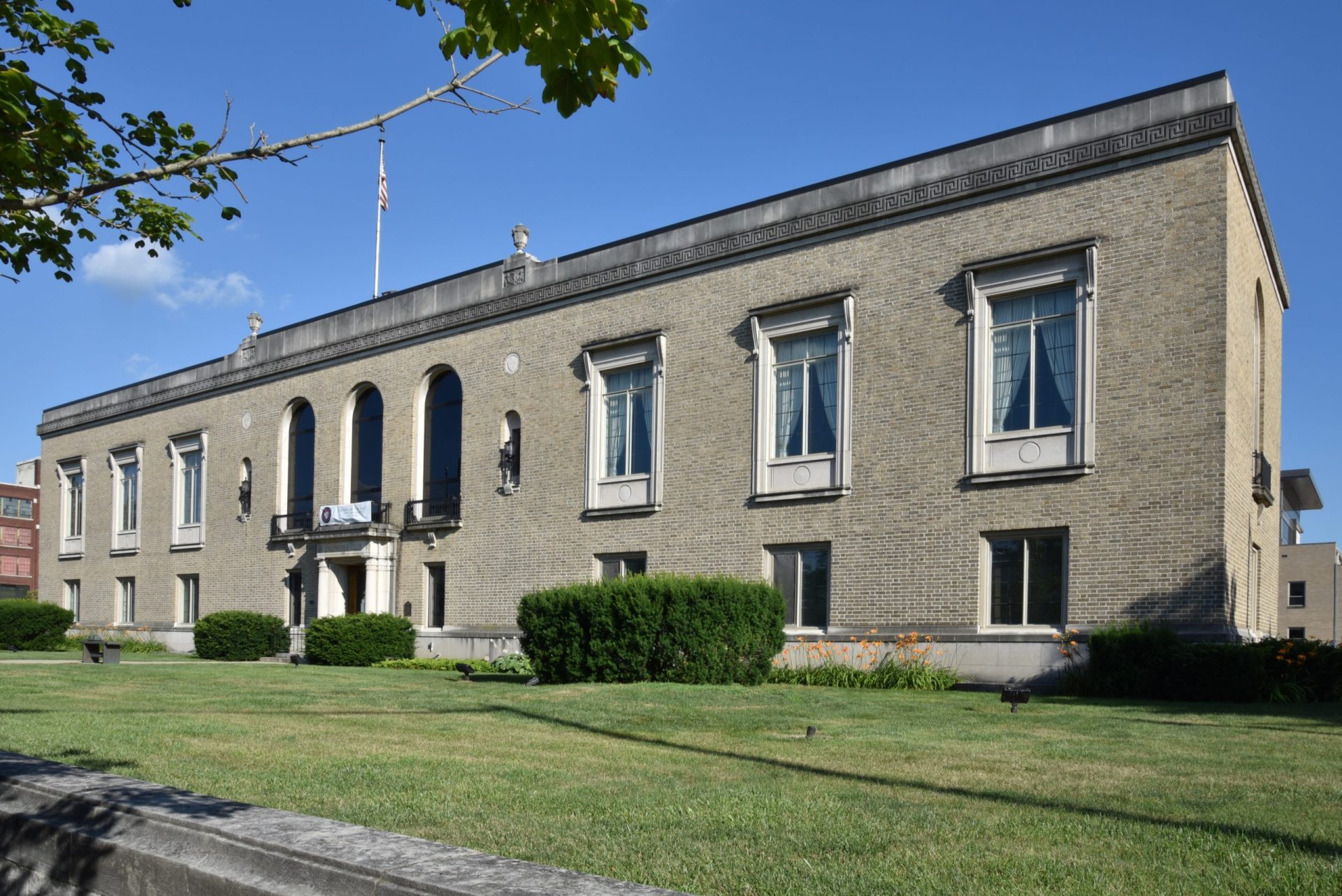1929 – 2007
Inventor of Magnetic Resonance Imaging (MRI)
Enshrined: 1991
Paul Lauterbur developed a new application of nuclear magnetic resonance (NMR) where tissue is placed in a spatially varied magnetic field to create images of organs, joints and other tissues in the human body. He established magnetic resonance imaging (MRI) as an important tool in modern medicine and physiology research.
Born in Sidney, Ohio, he earned his B.A. in chemistry from the Case Institute of Technology and his Ph.D. from the University of Pittsburgh. Early in his career, Lauterbur pursued the use of NMR machines to study the structure of chemical compounds while working for the Army Chemical Center Medical Laboratories. Lauterbur furthered his research on NMR spectroscopy and the new MRI methods he conceived while at the State University of New York at Stony Brook.
Lauterbur worked with Peter Mansfield in England on algorithms for improved imaging. This joint work ultimately led to them receiving the Nobel Prize in Physiology and Medicine in 2003. MRI provides detailed images of internal organs, making it a valuable tool for spotting cancerous tumors, internal injuries and defects in tissue. In 1984 Paul moved with his wife, M. Joan Dawson to the University of Illinois at Urbana-Champaign. There Lauterbur continued his work and pursued new applications of MRI for bioengineering with Joan.
References:

